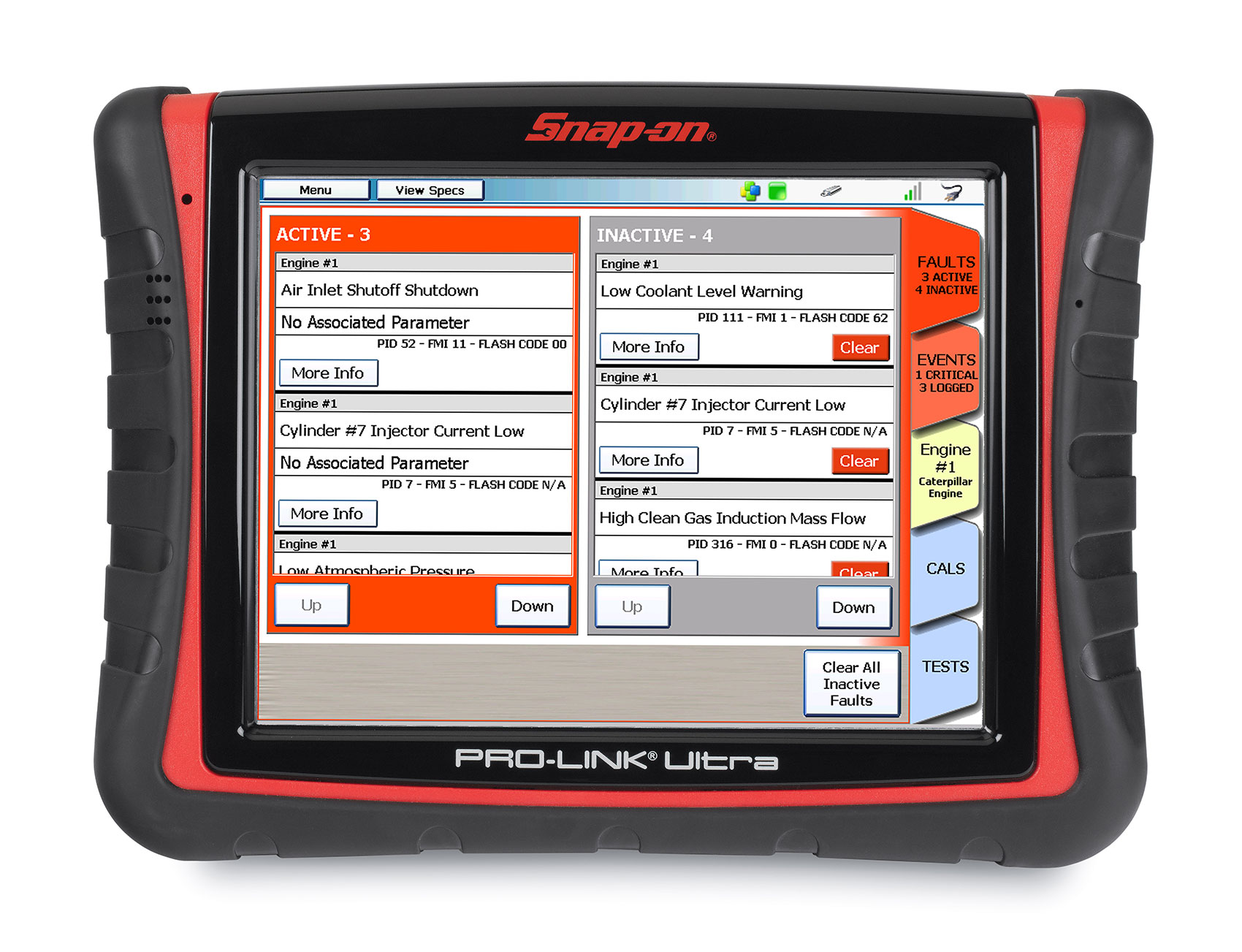Checking Your Scan Tool’s Connection
Ever try to find the light switch in the middle of the night in an unfamiliar room? Yep, it’s pretty tough, and we all have memories of stubbing toes or knocking into furniture while feeling our way around in the dark.
Well, walking around in the dark half asleep is much like trying to diagnose a diagnostic trouble code or a drivability issue without a scan tool on today’s trucks equipped with sophisticated interconnecting computer controlled systems. At least in the dark room you will probably find the light switch, eventually, without too much physical harm befalling your bare tootsies. Without a scan tool, however, you’re in the dark. Identifying and diagnosing a problem on the truck will be akin to hitting the moon with your homemade rocket; it’s possible, but not probable.
So, to save ourselves a lot of time and anguish, we go out and drop our hard-earned cash on a scan tool. Everything will be great now, right? Well, granted, life in the diagnostic world gets much better once we become familiar with the scan tool and all the operations it can perform, as well as the information it will retrieve from the vehicle. But “can” and “will” are the operative words here — provided that scan tool actually shakes hands with the truck and begins the all-important exchange of information. Why wouldn’t this exchange take place?

Well, let’s assume we actually do know how to operate the tool and have followed all the necessary steps to communicate with the truck from the scan tool side. It should work! What if it doesn’t? Well, before we jump to the conclusion that there must be something wrong with the scan tool, let us remember what it’s talking to, or trying to talk to.
The diagnostic connectors on vehicles often take a beating. In some cases they get kicked repeatedly as the driver gets in and out. Maybe the diagnostic connector serves as a hanger for the air freshener and gets constantly jerked around. Technicians also don’t help by yanking out the scan tool connecting cable sideways. All these things can contribute to the diagnostic connector terminals becoming loose in the connector, the terminals becoming corroded, or the terminals being spread open or bent — resulting in an open or shorted circuit between the scan tool and the truck’s diagnostic system.
Granted, this disconnect problem between the tool and the truck doesn’t happen every day. Consequently, we might not pay a lot of attention to the diagnostic connection — at least until a problem happens. Then the fun begins. So, to avoid that, take a second to look at the truck diagnostic connector and the scan tool connector to ensure that both appear to be in good working order.
Oh, and while you’re at it, before turning off the lights at night, make a mental note of where the light switch is located and clear a path to it. A little pre-work saves a lot of aggravation.

